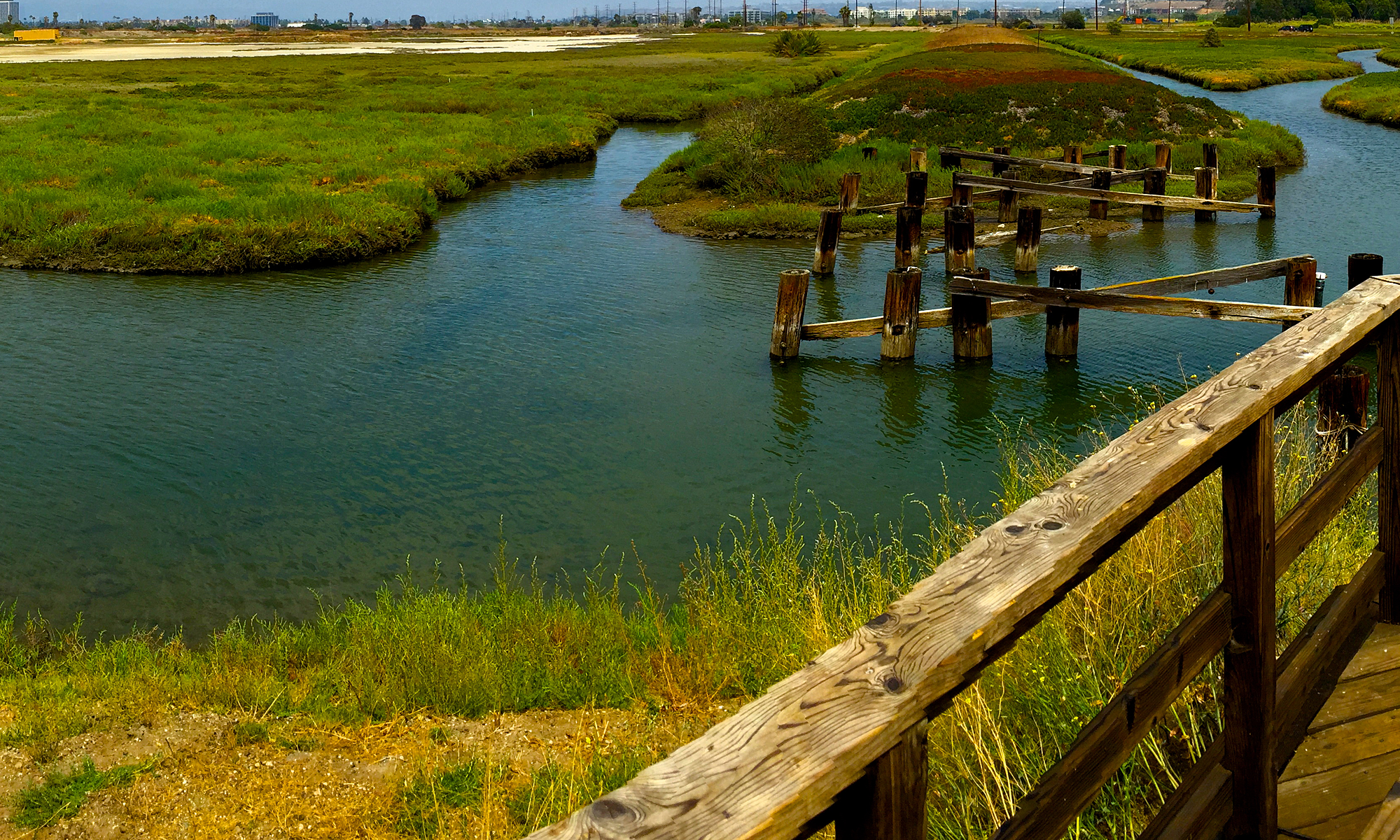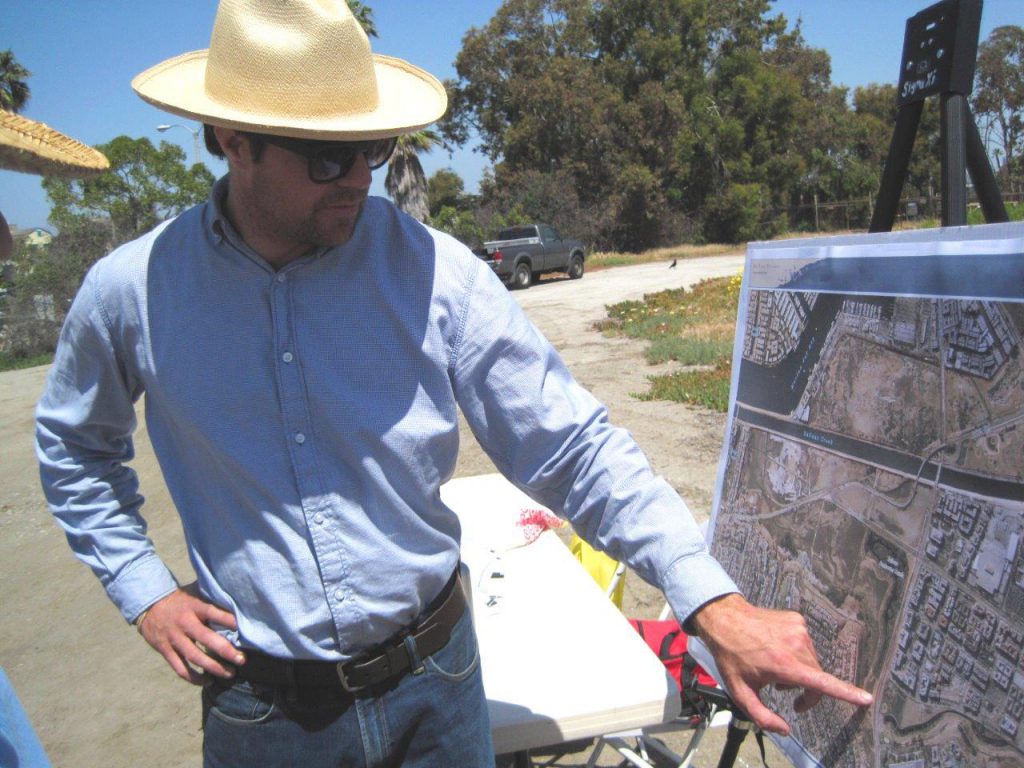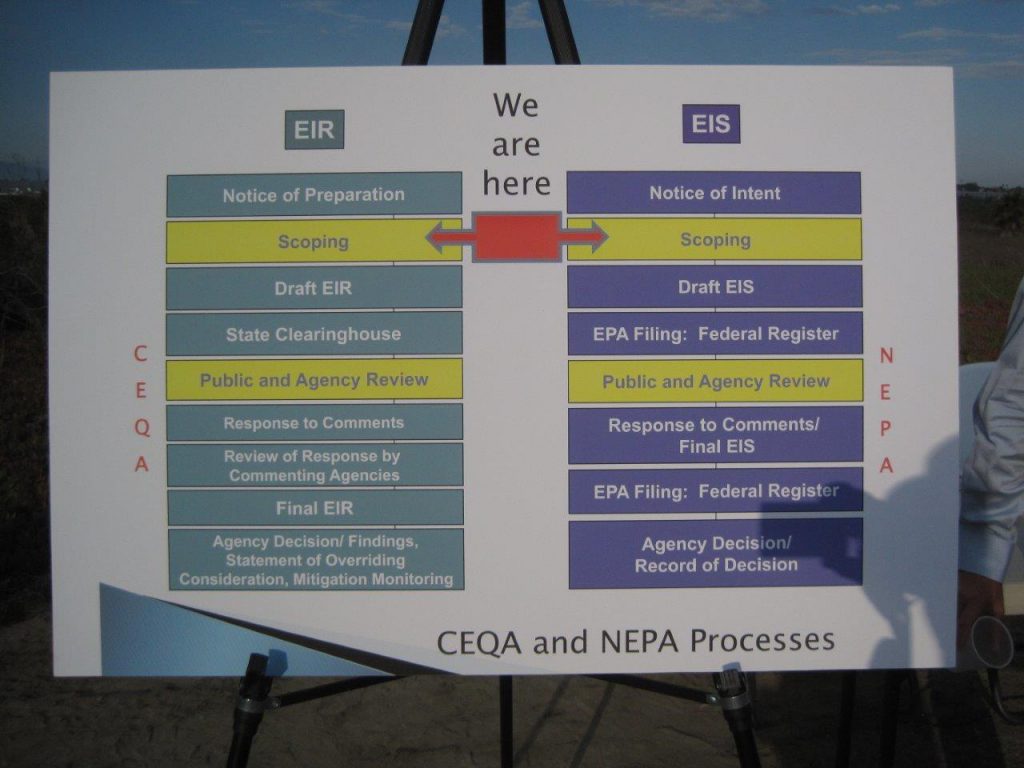Principle 9 – Stakeholder Inclusion
Wetland restoration project planning and implementation should involve all interested stakeholders in a process where public input and discussion opportunities are provided.
Description:
Wetlands provide both ecological functions as well as social functions to communities, such as opportunities for education, recreation, and aesthetic benefits. For a project to be successful long-term, it is important to involve stakeholders such as local communities, environmental groups, agencies, businesses, and interested individuals in the planning process as well as ongoing monitoring and stewardship activities. Public meetings and opportunities for input are integral, and an often required, part of the restoration process.
Graphics:
Ballona restoration open House in 2010, where The Santa Monica Bay Foundation and the Coastal Conservancy joined with California Fish and Wildlife and Mountains Recreation and Conservation Authority (MRCA) to discuss future plans for Ballona Wetlands.
A public meeting was held in August 2012 following the release of the notice of preparation for the environmental review phase of the Ballona Wetlands restoration project. Stakeholders were able to share their ideas and suggestions on how the wetlands should be restored.
Example:
• Malibu Lagoon: Numerous public and stakeholder meetings were held to plan the Malibu Lagoon Restoration. The agencies, groups, and individuals that attended the meetings and assisted in the planning process are all documented. http://www.malibucity.org/DocumentCenter/View/871


